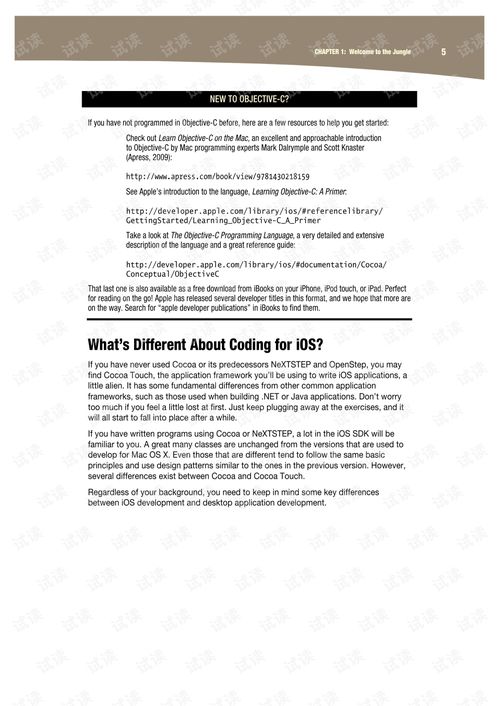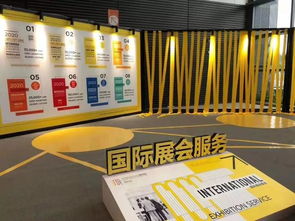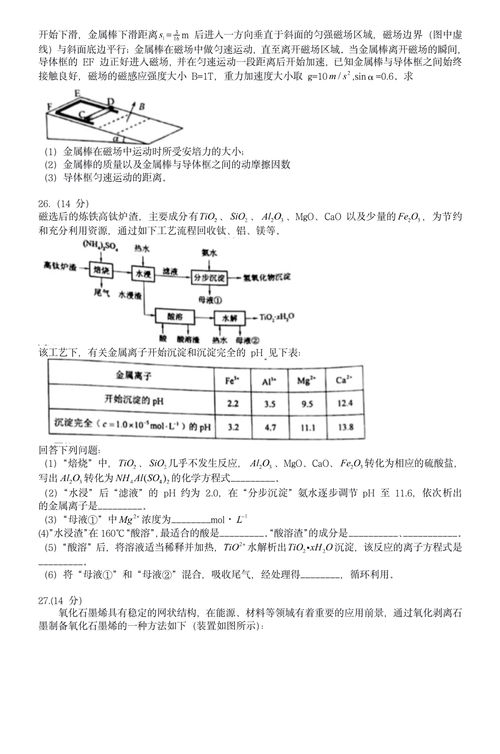Exploring the Multifaceted Benefits of Healthcare Textiles
: Exploring the Multifaceted Benefits of Healthcare Textiles,Abstract:,This paper aims to explore the multifaceted benefits of healthcare textiles, which play a crucial role in improving patient comfort and outcomes during medical procedures. The study highlights the various advantages of using these materials, including their ability to absorb moisture, reduce friction, and prevent skin irritation. Furthermore, it discusses the potential impact on patient satisfaction and healthcare costs, as well as the importance of incorporating these textiles into standard healthcare practices. The findings suggest that investing in healthcare textiles can lead to improved patient outcomes and reduced healthcare expenses, making them an essential component of modern healthcare delivery.
Introduction: In the realm of textiles, where materials are woven and dyed with a variety of colors and textures, there is a growing category that stands out for its multifaceted role in enhancing our health and well-being. These textiles, known as healthcare textiles, have been designed to provide comfort, support, and protection while also promoting healing and recovery through targeted applications. In this article, we will delve into the various benefits of healthcare textiles, their classifications, and how they can be used effectively in different scenarios.

Benefits of Healthcare Textiles:
-
Pain Relief:
- Hydrocolloid Dressings: Used in wound care, hydrocolloids absorb excess fluids and moisture, reducing inflammation and pain.
- Elastic Bandages: Provide compression and support to wounds, reducing swelling and pain.
- Compression Stockings: Help prevent blood clots and reduce swelling in legs during long periods of bed rest or surgery.
-
Mobility Support:
- Wound Dressings: Soft, breathable fabrics that conform to the shape of the wound, preventing it from shifting or becoming infected.
- Orthoses: Customized braces and supports designed to improve posture, mobility, and overall function in people with physical disabilities.
- Prosthetics: Replacement garments that allow individuals to move around more freely and comfortably.
-
Infection Prevention:
- Disposable Surgical Gloves: Made from materials resistant to bacterial growth, ensuring sterility during surgical procedures.
- Antimicrobial Treatments: Added chemicals that kill or inhibit the growth of bacteria on textiles, making them ideal for use in medical environments.
-
Temperature Regulation:
- Cooling Wraps: Designed to lower body temperature by wicking away sweat and condensation, helping to relieve symptoms of heat exhaustion or fever.
- Warm Clothing: Heated textiles that release warmth through conduction or radiation, providing comfort and relief in colder temperatures.
-
Sensory Enhancement:
- Sensory Dressings: Soft, breathable fabrics that enhance touch, pressure, and vibration sensations, aiding sensory integration in patients recovering from injuries or neurological disorders.
- Pressure Relief Pads: Designed to provide comfort and support for individuals experiencing chronic pain or discomfort.
Classifications of Healthcare Textiles:
-
Medical Grade Textiles:
- High-Quality Fabrics: Developed specifically for medical use, these textiles undergo rigorous testing to ensure safety and efficacy.
- Biocompatible Materials: Non-toxic and non-allergenic, suitable for direct contact with the skin.
-
Disposable Medical Supplies:

- Disposable Blister Packs: Made from durable materials that protect against contamination and last longer than traditional paper products.
- Disposable Gloves: Offering a barrier against germs and protecting the wearer's hands from infection.
-
Non-Medical Textiles with Health Benefits:
- Yoga Mats: Soft, breathable, and antimicrobial, ideal for improving flexibility and relaxation.
- Meditation Blankets: Made from natural fibers like cotton, silk, or wool, offering comfort and support during meditation or yoga practice.
Case Study: The Use of Hydrocolloid Dressings in Wound Care
A patient at a local hospital required dressing for a deep wound that had not healed properly. The healthcare team decided to use hydrocolloid dressings, which are a type of soft, absorbent material designed to control bleeding and promote healing. The dressing was applied over the wound, allowing the patient to move around more freely without restricting circulation or causing additional discomfort. Over the course of several weeks, the patient reported significant improvement in the appearance and condition of the wound. This case highlights the importance of using tailored healthcare textiles that meet specific needs and preferences of patients.
Conclusion: Healthcare textiles play a crucial role in supporting and enhancing our health. From relieving pain to improving mobility, from preventing infection to enhancing sensory experiences, these textiles offer a wide range of benefits that cater to different aspects of human well-being. By understanding the various classifications of healthcare textiles and learning about their uses, we can better appreciate the transformative power of these materials in our daily lives. As technology continues to advance, so too does the field of healthcare textiles, promising even more innovative solutions to address our most pressing health challenges.
Introduction to Health Function Textiles
Healthcare Textiles: The Promise of Functional Fabric
In this article, we will explore the various types of health function textiles and their potential applications in healthcare. We will also provide an overview of the terminology used and examples to illustrate their practical applications. Let's begin with a brief overview of the key terms and concepts related to health function textiles.
主要术语与概念

保健功能纺织品: 这些纺织品具有特定的保健功能,旨在提高人们的健康和生活质量,它们通常具有抗菌、抗过敏、吸湿排汗、抗静电等特性,适用于医疗、运动、家居等领域。
保健功能纺织品类型
- 抗菌纺织品: 用于医疗环境下的抗菌材料,如抗菌纱布、抗菌床单等。
- 抗过敏纺织品: 用于缓解过敏症状,如抗过敏纤维、防过敏面料等。
- 吸湿排汗纺织品: 用于调节人体汗液排出,保持干爽舒适,适用于运动服装、户外用品等。
- 静电消除纺织品: 用于减少人体静电的产生和积累,提高穿着舒适度。
案例说明
- 抗菌面料案例:某品牌推出的抗菌运动服,采用特殊的抗菌纤维材料,可以有效抑制细菌生长,提高运动时的舒适度和安全性。
- 抗过敏面料案例:某公司推出的抗过敏家居服,采用独特的防过敏纤维材料,可以有效缓解皮肤过敏症状,提高用户的舒适度。
保健功能纺织品应用领域
保健功能纺织品在多个领域都有广泛的应用,包括但不限于以下几个方面:
- 医疗领域:用于制作手术衣、床单、毛巾等医疗用品,提高医疗用品的卫生和安全性。
- 运动领域:用于制作运动服装、运动鞋垫等,提高运动时的舒适度和安全性。
- 家居领域:用于制作床上用品、毛巾等家居用品,提高用户的舒适度和健康水平。
保健功能纺织品的发展趋势
随着人们对健康和生活质量的需求不断提高,保健功能纺织品的发展趋势越来越明显,保健功能纺织品将会更加注重环保、可持续性、个性化等方面的发展,保健功能纺织品也将更加注重与现代科技的结合,提高其科技含量和功能性。
保健功能纺织品是一种具有重要应用价值的纺织材料,它们具有多种保健功能,可以有效地提高人们的健康和生活质量,随着人们对健康和生活质量的需求不断提高,保健功能纺织品的发展前景非常广阔,我们应该积极探索保健功能纺织品的研发和应用,为人们的健康和生活质量提供更好的保障。
Articles related to the knowledge points of this article:
The Science and Technology Behind Fabric Antistaticity



